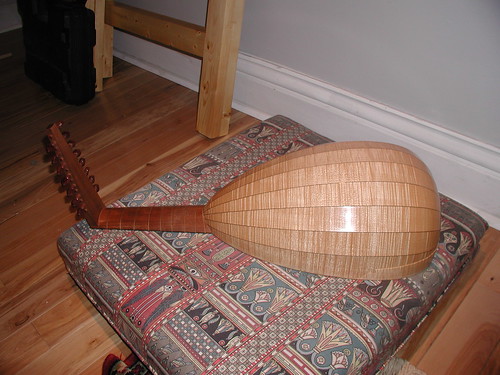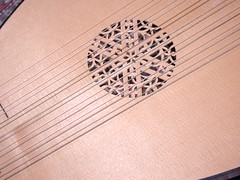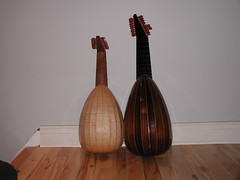A few members, and most notably Jim Becker asked me to post some info on the instruments I make, a sort of "How it's made" (am I the only one who loves that show?) for ouds. As a relative newcomer to SMC, I've gleaned lots of great info in the few short months since joining. So I though I should take some time and give a little back, for what it's worth. I hope at least a few of you enjoy this thread.
First off, a little history. The oud is a 5000 year old instrument that is still being played today, most notable in the Levant, the Arabian peninsula, N. Africa, Greece, Turkey, and throughout the Meditteranean. It is the direct ancestor of the European Lute (think Rennaisance paintings). The word "lute" comes directly from the Arabic word "Al Oud". Oud means "wood" in Arabic. The oud made its way through N. Africa up through Spain and became the lute, which eventually begat the guitar. Both the oud and the lute are very similar in form and sound. Although they are played in very different ways. At the end of this thread I'll post some videos of the ouds I make as well as some audio clips.





 Reply With Quote
Reply With Quote
















 , so I use the best materials I can. Walnut is an excellent tonewood. The bowl is not a huge factor in sound production, but I use typical face woods like Englemann Spruce, Western Red Cedar, etc. The best old ouds used Lebanon Cedar, but no one can get their hands on that nowadays.
, so I use the best materials I can. Walnut is an excellent tonewood. The bowl is not a huge factor in sound production, but I use typical face woods like Englemann Spruce, Western Red Cedar, etc. The best old ouds used Lebanon Cedar, but no one can get their hands on that nowadays. twisting and bending. Its not my favorite part!
twisting and bending. Its not my favorite part!







